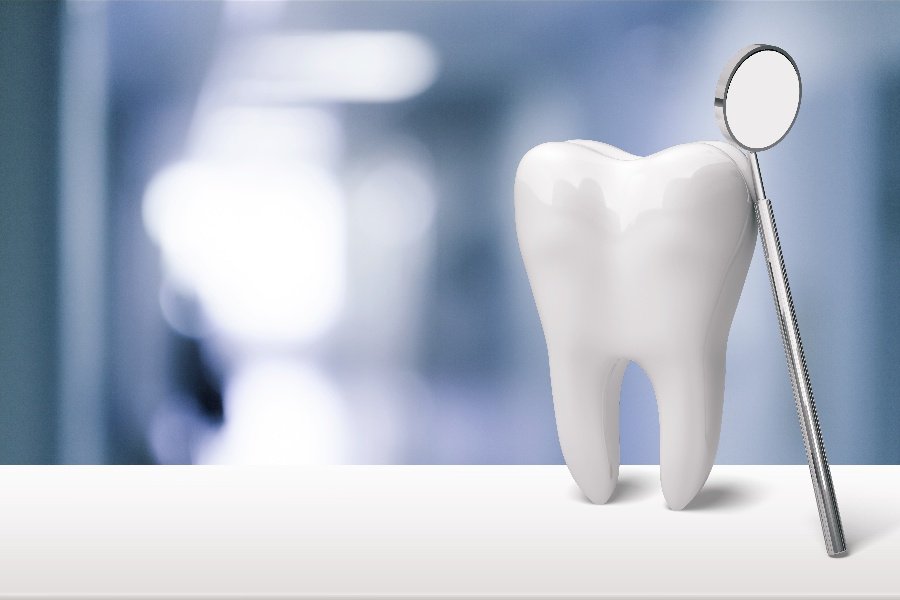Is it normal to have a toothache after a filling?
For people who love to eat, teeth are crucial. Don’t think that only the elderly can fill their teeth. For example, many adults will fill their teeth, because some teeth are knocked out, and some are because of cavities. In fact, everyone knows the process of filling teeth, but some situations and treatment methods encountered after filling are not so clear. Dental filling procedure is in clinic handled by dentist, but the denture is manufactured in laboratory using different lab materials, tools and equipment, one of the basic equipment is the dental polishing lathe for processing acrylic denture, cobalt chrome denture etc. Therefore, dental filling procedure is a complex project for every patient.
So today we will mainly talk about is it normal to have a toothache after filling a tooth?
For toothache after filling, it is also divided into short-term or long-term, these two situations are different. For recent pain, it may be due to material irritating the pulp. The long-term situation may be due to the secondary occurrence of pulpits. But don’t worry, all kinds of toothaches can be resolved as long as they are treated in time.
The things to note are:
- To follow the doctor’s advice, do not chew food and hard objects with newly filled teeth. After filling the teeth, it is generally advisable to chew food on the affected side on the 2nd or 3rd day to prevent tooth fracture and the loss of the filling material.
- If there is slight pain after filling the teeth, you can observe yourself first, and some minor discomfort and pain may disappear on their own. If the pain is not relieved, but further aggravates, or occlusion pain, throbbing pain, hot and cold stimulation pain, and spontaneous pain at night occur, you should go to the hospital for follow-up examination and treatment in time to find out the cause and eliminate the pain.
- For large-area-deficient teeth with more serious caries, the teeth are prone to fractures during chewing due to insufficient resistance of the teeth after restoration. The crown of the tooth is protected to prevent crown fracture.












